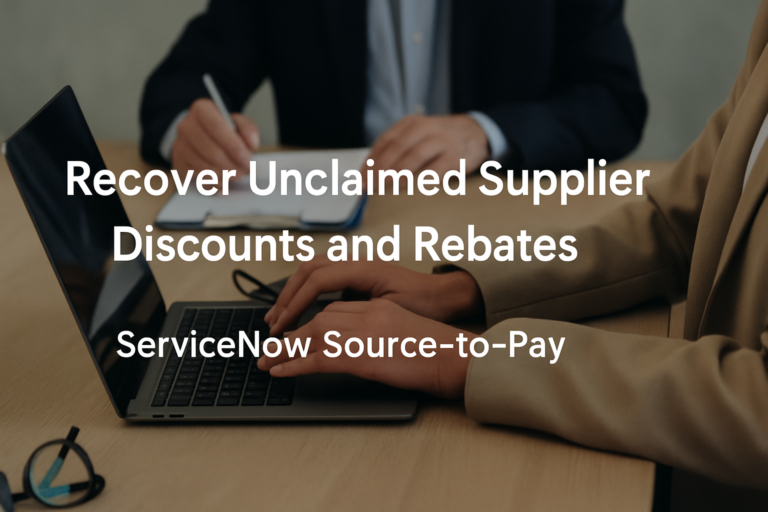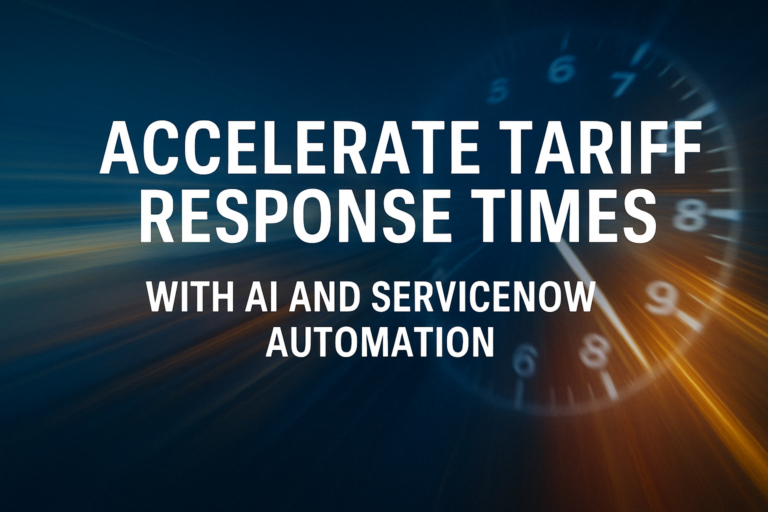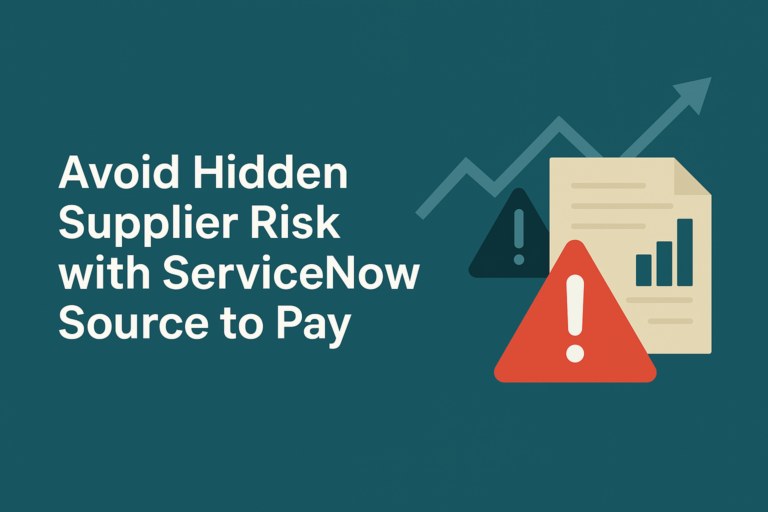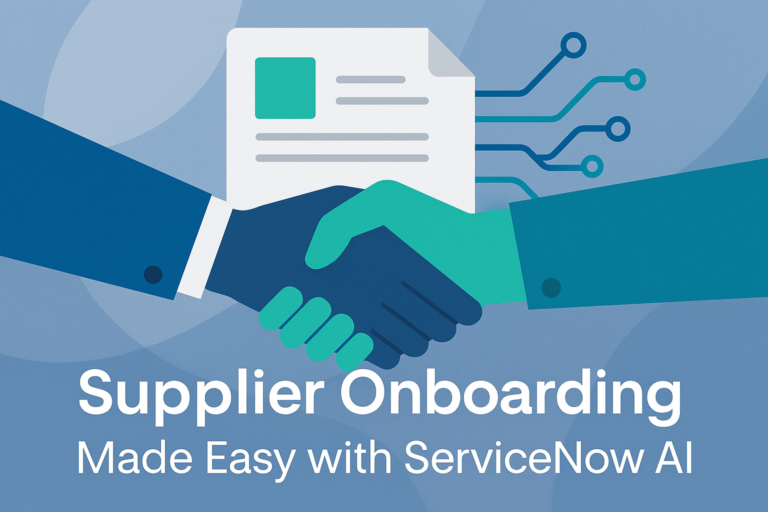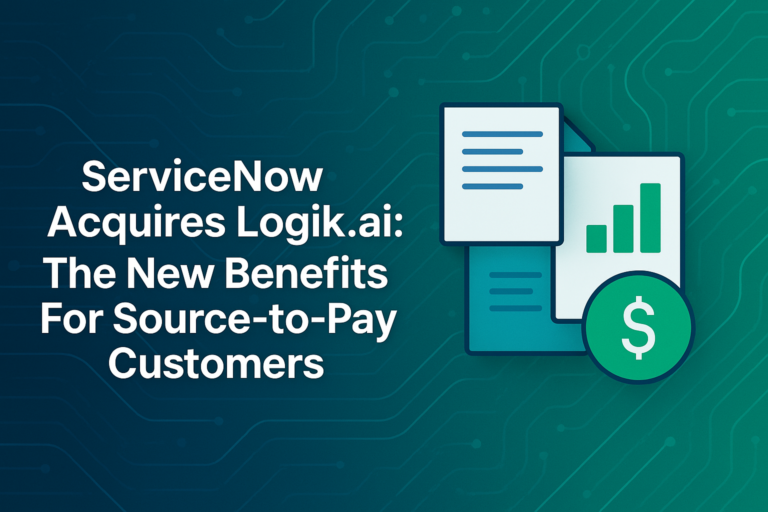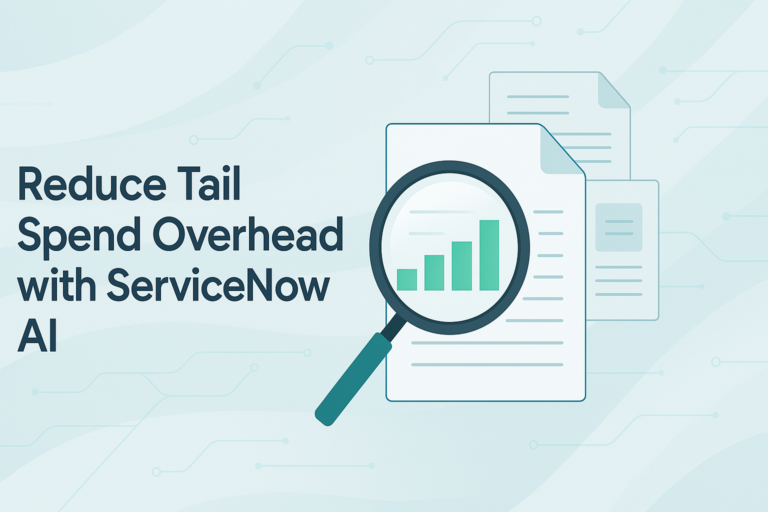Streamlining IT Operations: Proven Best Practices for Hardware Refresh Cycles
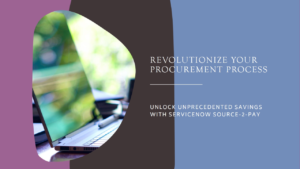
In today’s fast-paced IT environment, effectively managing hardware refresh cycles is crucial for optimizing operational performance. By integrating your hardware asset refresh strategy with ServiceNow’s Source-to-Pay processes, you’ll unlock valuable insights that enable you to streamline workflows, extend asset life, and reduce overall costs. Here’s how this approach can transform your asset refresh, purchase forecasting, and cost management efforts.
How Predictive Analytics Enables Better Decision-Making
Predictive analytics play a crucial role in creating a refresh strategy that is both adaptive and forward-looking:
· Performance and Failure Data: Analyze historical data to forecast when hardware should be replaced and optimize refresh timing to avoid failures and costly downtime.
· Environmental and Usage Factors: Incorporate conditions that affect hardware longevity, such as temperature extremes and extra wear and tear experienced by laptops used on the road.
· Demand Forecasting: Use predictive modeling to forecast requirements for new purchases based on seasonality, hardware redeployment and refresh strategies.
Key Benefits of Integrating Hardware Refresh with Source-to-Pay
Optimized Asset Life through Predictive Replacement:
· Predict Hardware Failures: Monitor real-time performance data and failure rates to predict when specific models are likely to fail and schedule early replacement to avoid unplanned downtime and lost productivity.
· Extend In-Service Life: Replace assets based on actual wear and tear rather than relying solely on fixed refresh timelines.
· Strategically Redeploy Assets: Deploy assets based on the user’s role, prioritizing redeployed assets for short-term users such consultants and temp help and new assets for regular fulltime employees.
Standardized Hardware Offerings:
· Offer Curated Models in Online Catalogs: Limit the number of offerings to a few preferred models to leverage buying power and reduce support costs.
· Role-Specific Hardware Standards: Offer standard models for typical users and high-performance models for demanding roles (e.g., engineers, designers)
· Streamline Requests for Preferred Models: Make it easy to order preferred models to drive volume and increase negotiation power.
Tailored Refresh Strategies Based on Employee Profiles:
· Role-Specific Refresh Cycles: High-demand roles require higher performing hardware and more frequent upgrades to support performance intensive applications.
· User-Specific Tolerance Analysis: Refresh devices based on the performance tolerance of specific users, ensuring power-users have hardware to support the tools they need.
· Extended Lifecycles for Lower-Demand Roles: Defer refresh schedules for roles with less demanding hardware needs, optimizing budget allocation.
Enhanced Forecasting and Cost Optimization:
- Forecast Hardware Purchase Requirements: Accurately forecast annual and seasonal purchase requirements based on consumption, redeployment, and refresh strategies.
- Optimize Inventory Levels: Manage inventory levels based on consumption patterns, supplier lead-times and safety stock levels to minimize inventory carrying costs.
- Request Fulfillment: As part of the standard request fulfillment process, deploy new and used assets from inventory to accelerate delivery times and reduce the need for new purchases.
- More Strategic Vendor Negotiations: Leverage predictive insights to negotiate better deals based on volume commitments, take advantage of spot buys, and reduce the overall cost of hardware.
Long-Term Value: Future-Proofing Your IT Strategy
Integrating ServiceNow’s Source-to-Pay with your hardware refresh strategy offers more than immediate cost savings:
- Sustainability and Circular Economy: Track asset lifecycles, refurbish or redeploy where possible, and reduce e-waste while supporting sustainability initiatives.
- Improved Vendor Relationships: Align procurement with strategic vendor partnerships, leveraging insights for bulk discounts and value-added services.
- Financial Predictability: Avoid budget surprises with accurate forecasting and procurement schedules, enabling more consistent cash flow.
How Outcome Driven Solutions (ODS) Can Help
To fully capitalize on the benefits of Asset Lifecycle Optimization and Source-to-Pay, companies need expert guidance and implementation support. This is where Outcome Driven Solutions (ODS) can help.
With a proven track record in delivering tangible results, ODS delivers outcomes that optimize Asset Lifecycles and drive substantial cost savings. Our expertise also ensures that your team is fully onboarded and that new processes are adopted smoothly, with minimal disruption, and maximum efficiency.
By partnering with ODS, you’ll have a more streamlined hardware refresh process and a robust, data-driven solution that supports your long-term strategic objectives.
Conclusion: Strategic Optimization for a Resilient Future
Integrating ServiceNow’s Source-to-Pay processes into your hardware refresh strategy combines automation and predictive analytics to deliver a seamless, data-driven solution. By connecting more information and unlocking new insights, your organization can achieve greater agility, operational efficiency, and resilience. This approach not only saves money, it also drives long-term strategic success.



